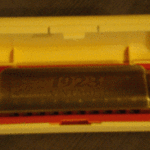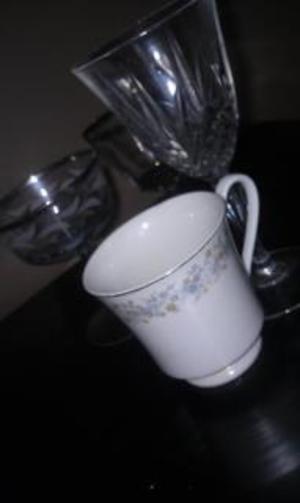What The Manufacturer Tells Us:
Frankly, not much. The Hohner site (www.hohnerusa.com) provides frustratingly little information about their multitude of models and styles of harmonicas and, most disappointing of all, does not allow the increasingly common and useful feature of being able to compare models on line. We know that the MS designation stands for Modular System – a concept built into all Hohner products. It is composed of a coordinated system that allows for improved playing, handling and simplified maintenance. This modular concept also allows the player to adjust the instrument to specific tonal or performance qualities and characteristics.
Construction:
All components (comb, reed plates and covers) are assembled with screws and are interchangeable with all other Hohner MS models. Also, each component can be purchased individually, so there is no need to replace the entire instrument if one small component should wear out of fail. The size, configuration and new cover design combine to improve the ergonomic handling – so imperative for good harmonica playing – enhance both the tonality and stability of the instrument in your hands as well as its overall integrity. Since Hohner has moved to more fully automate its production, a closer tolerance is achieved between the reed tongue and slot -resulting in increased, better focused compression of the wind you blow into it; thus yielding several important improvements over earlier models. These, in brief, include improved overall responsiveness, higher volume and easier ‘bending’ – the sound and action of flowing one tone into another without a hard, sharp interruption. This ‘bending’ is a key feature of blues hap playing and a significant value-added feature of this particular model.
The Sound:
Ultimately, it is this quality that is the bottom line in judging the quality of any instrument. The tomes produces are, honestly, both brilliant and rich. It sounds exactly the way you would want a blues harp to sound.
If there is (and I think that there is) a downside to these 532/20s that are available in a full range of keys, including G, Ab (G#), A, Bb, B, C, Db, Eb, E, F and F#, it is that while the wooden comb gives the instruments a warm and smooth sound, the wood soaks up a lot of moisture (either from the users natural mouth moisture, and/or from the water some players like to pre-moisten/soak their instruments in before playing/performing with them. If you play one for an extended period (a 3-set gig would do it, the wood dividers begin to swell and jut forward, enough to rub your lips and tongue a bit. Even without this swelling, although the harmonica’s are attractive and feel good in the hand for quite a while, some people I have spoken with have suggested that the metal edges, screws and corners are rougher than they really need to be. Some players, simply do not prefer wood. I happen to like it.
The Bottom Line:
These make particularly good harmonicas for beginners because the ‘bending’ I mentioned earlier is so easily accomplished – even by the novice, and they require no break in period that I could determine. They come out of their individual cases ready to play.
The prices for these harps vary widely – I have seen them listed for nearly $30 each and for as little as $11 (all new, of course.) So, like most other things, shop them around. The sound will definitely not disappoint you and they actually give a person the experience of sounding like a better harmonica player than he/she ever really gave him/herself credit for being. Check ’em out!



